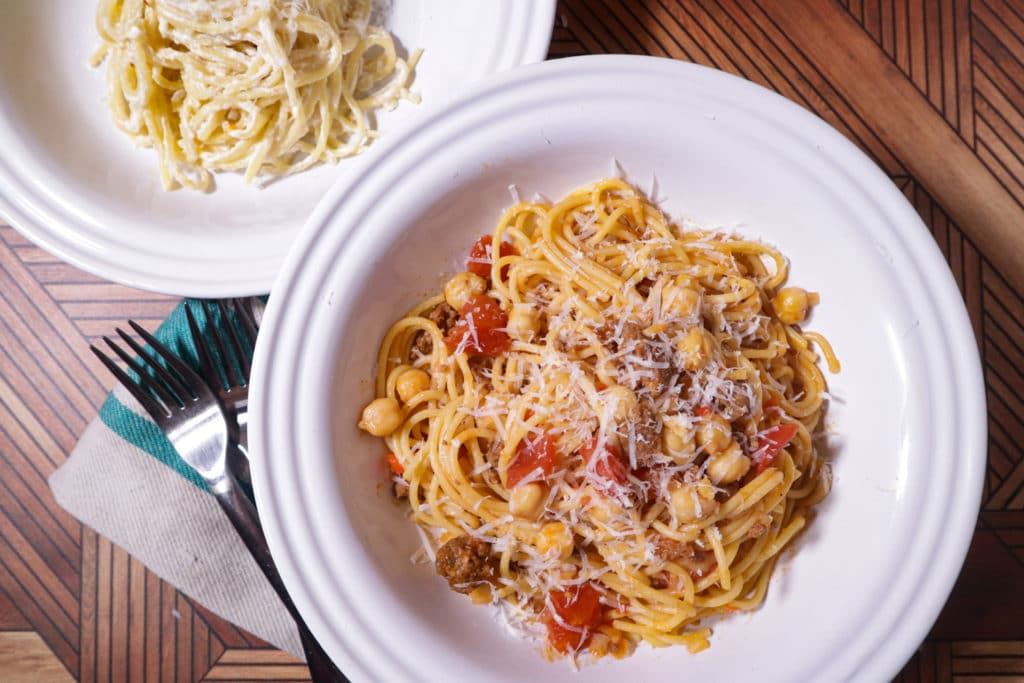
Pasta is an adaptable and quick meal that you can have on your table faster than ordering take-out. Over the past few years, I feel like I’ve cracked the code on making awesome pasta in a flash. And it’s really all about a general methodology that allows you to turn a wide range of ingredients into a delicious, restaurant-worthy pasta dish. Oh’ and one magic ingredient (more on that in a bit!)
I’m calling my methodology, “The 5 F’s”. The F’s stand for ingredient categories that you use to build flavors within your pasta dish. The categories build on each other as you cook and the final dish will always be tasty. The best part is that you can be really flexible about which ingredients you choose for each category so you can build literally 100s of dishes easily.
The 5 F’s for Making Better Pasta at Home
F1: Fat
That fat you choose to cook your ingredients in can add a unique depth of flavor to your pasta dish. You might reach for olive oil, instinctively and it’s not a bad choice. But you can choose a host of other fats that can add unique tastes to your pasta dish.
Butter is a great choice–and if you brown it, even better. Bacon fat can lend a smoky, salty characteristic to your pasta. Rendered sausage can add a spicy depth of flavor. Want a nutty flavor, choose walnut oil!
F2: Flavor
The flavor comes from aromatic ingredients that will give each pasta dish its own specific character. Flavor can be really simple, say just some garlic and red pepper flakes. Or it could be ham and leeks. Or hot Italian sausage, peppers, and onions. Really, the options are endless. Check out the end of this story for a list of ideas to get you started!
Sauté your flavor ingredients in your chosen fat. For a quicker pasta, make sure your flavor ingredients are cut small to cook faster.
F3: Foundation
The foundation is the base of your sauce. It’s likely going to be liquid (though in my ricotta pasta, the foundation is ricotta cheese.) Make a heartier sauce by using canned crushed tomatoes or a lighter sauce with white wine and lemon juice. Your foundation might be chicken stock or clam juice. For a creamy pasta dish, reach for the heavy cream or half & half. The foundation will mix with the magic ingredient (yes, I’m getting there…) to make a rich sauce that will pull your dish together.
Deglaze your pan with foundation ingredients after they’ve sautéed for several minutes. And then, in many cases, simmer together for a bit.
♥ Related: Ricotta Pasta
F4: Flour
Flour is the pasta, obviously, but also the magic ingredient: pasta water. Adding starchy pasta water to your pasta dish is a game changer. Pasta water helps emulsify and thicken your sauce. The starchy water also helps the sauce cling to your pasta better. It helps to bring cohesion to all of the ingredients in your pasta dish. Pasta water also seasons your sauce because your pasta water should be highly salted.
Add cooked pasta straight into the pan with your other ingredients. Use tongs and don’t be afraid to drag some pasta water along for the ride. Stir in more pasta water as needed. Start with about a quarter cup of pasta water and mix in well. If your pasta seems dry, add a bit more water into the pan.
A final note on pasta: there are definitely loose rules about which pasta to use with different sauces, but I say, use what you have and what you like. I’m always going to reach for spaghetti or fettucine because I like to twirl my pasta!
F5: Finishers
Finishers complete the dish. Most often, this will be a grated hard cheese, like Parmesan, stirred in at the very end of cooking and off of the heat. But finishers could also be cooked vegetables like peas or canned beans. A sprinkle of fresh herbs is a fresh way to finish a pasta dish. Finishers won’t need much heat beyond the hot pasta and pasta water to warm them up.
Ingredient Ratios for Your Pasta
The goal with the 5 F’s methodology is that you don’t have to be bound by a recipe. Use your own preferences to decide what you like in your pasta and how much of each ingredient to use. But, here’s a quick rule of thumb (and remember rules were made to be broken):
For one half pound of pasta: 1 tbsp fat + up to 8 oz flavor + up to a cup of foundation + 1/4-1/2 cup of pasta water + finishers to taste.
Use your common sense, though, if you’re making a simple garlic and olive oil pasta, you obviously don’t want 8 ounces of garlic–unless you’re heading into a vampire fight, I suppose.
How to Assemble A Quick & Easy Pasta Dish
Step 1: Sauté
In a large sided skillet or large frying pan, heat your fat over medium heat. Add your flavor ingredients and sauté them until the vegetables are starting to soften. Stagger additions based on how long each ingredient takes to cook. For instance, if you have a quick cooking ingredient like shrimp, add those last when the rest of the ingredients are almost cooked.
Step 2: Simmer
Once your flavor ingredients are sautéed, add the foundation ingredients to deglaze the pan. Stir to combine. And let simmer for a few minutes. For heartier sauces, like a sausage and tomato based sauce, let simmer for 10-15 minutes. For quicker cooking sauces like a cream sauce or a white wine sauce, you’ll only need to simmer for 2-3 minutes.
If you complete this step before the pasta is ready, just take your skillet off the heat until your pasta is cooked.
Step 3: Add Pasta & Pasta Water
Using tongs or a large slotted spoon–depending on your pasta shape–move the pasta straight from the pot of water to your sauce skillet taking any pasta water that comes along with it. Stir the pasta into the sauce coating well with the sauce. Add about a quarter of a cup of pasta water and combine. Stir and cook for another minute or two.
If your sauce seems dry, add more pasta water until you reach the consistency you like.
Step 4: Add the Finishers
Remove your pasta from the heat and stir in your finishing ingredients. These ingredients shouldn’t need much heat aside from the heat of your pasta sauce. You may need to add a touch more pasta water at this stage if you’re trying to incorporate a lot of grated cheese.
Quick & Easy Pasta Ideas Using the 5 F’s
Assumes the addition of pasta and pasta water to all combinations below.
| Fat | Flavors | Foundation | Finishers | |
| Creamy Ham & Pea Pasta | Bacon Fat | Ham, Leeks | Cream | Peas, Pecorino Cheese |
| Chorizo & Chickpea Pasta | Rendered Chorizo Fat | Chorizo, Onions, Peppers | Canned Diced Tomatoes | Chickpeas, Manchego Cheese |
| Shrimp Scampi | Butter | Shrimp, Garlic, Crushed Red Pepper, Lemon Zest | White Wine, Lemon Juice | Parsley, Chives |
| Spicy Sausage & Pepper Pasta | Olive Oil | Hot Italian Sausage, Onions, Peppers | Canned Diced Tomatoes | Aged Provolone, Toasted Breadcrumbs |
| Pasta Puttanesca | Olive Oil | Garlic, Crushed Red Peppers, Anchovies | Crushed Tomatoes | Olives, Capers, Parmesan Cheese |
| Charred Cauliflower Pasta | Walnut Oil | Shallots, Harissa Paste | Chicken Stock, Cream | Roasted Cauliflower, Mint, Crumbled Feta |
| Chicken Poblano Pasta | Canola Oil | Chicken, Poblano Peppers, Jalapeno Pepper, Cumin, Onions, Garlic | Chicken Stock, Cream Cheese | Jack Cheese, Cilantro |

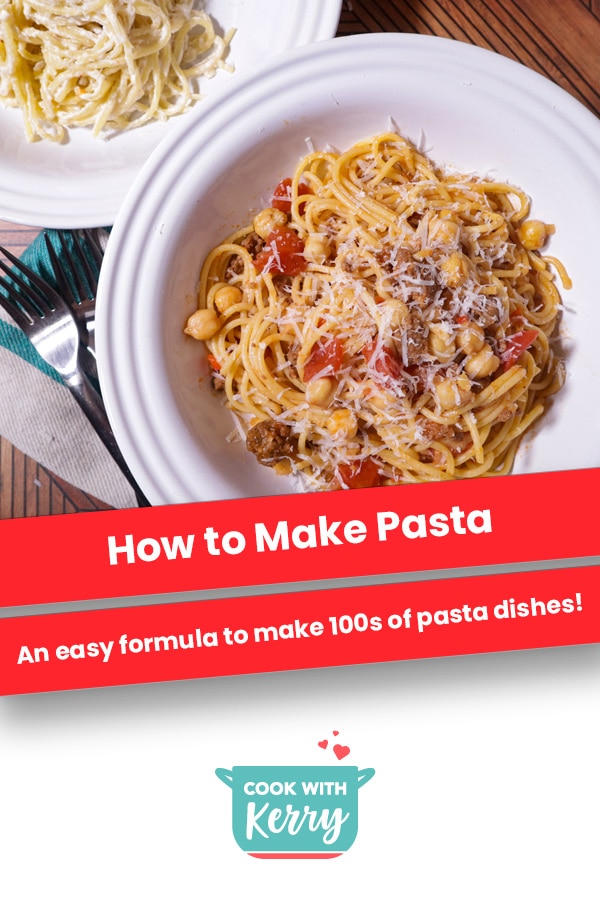
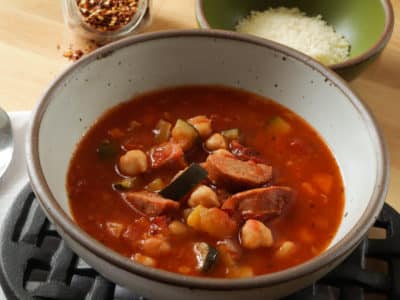
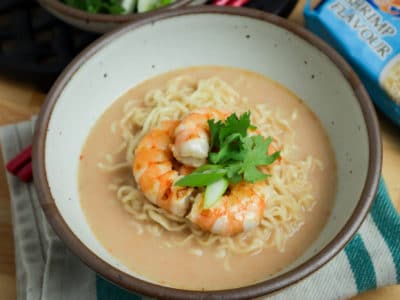
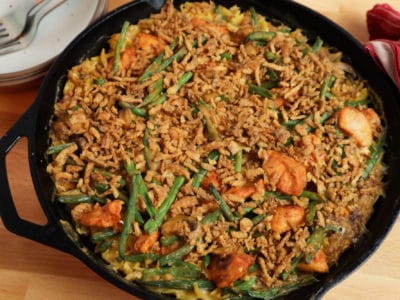
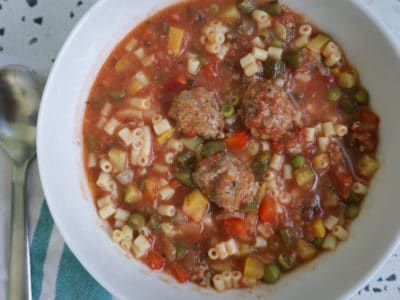
 S’mores Rice Krispies Treats
S’mores Rice Krispies Treats
The pasta game in our house has completely transformed by using these techniques – even I’ve made a couple pasta dishes I’m proud of.